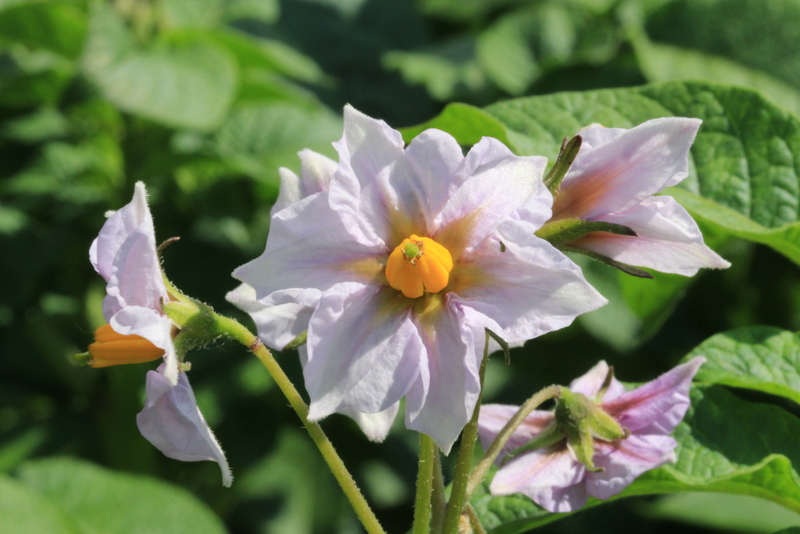Colorado Potato Beetle Update
Several different locations in the Red River Valley are experiencing emerging Colorado potato beetles. Here is some information from Dr. Ian MacRae on this emerging issue.
Several different locations in the RRV are experiencing emerging Colorado potato beetles (CPB). I've visited a few fields where overwintered beetles are contentedly finding mates and munching young potato plants (some places more heavily than others).
After last summer's battles, many of you might not be happy to see the emergence of these striped harbingers of leafless plants so early in this year! I can't say I blame you at all.
Last year's high populations and this winter's mild temps have obviously resulted in successful overwintering of lots of CPB in some areas. A couple of locations are also reporting less than satisfactory control from neonicotinoid insecticides applied at plant.
So here are some management points to ponder:
- If you applied a neonic at-plant and are seeing decreased control, it doesn't necessarily mean resistance. lots of rain, length of time post-plant and several other conditions can all impact insecticide efficacy. But I do want to hear from you, we'd like to test that population.
- If defoliation isn't serious, you may decide to wait until the eggs start hatching until you pull the trigger. Remember, it's early after planting and you'll see recovery of mild feeding from additional growth.
- if you wait to treat larvae, novaluron is a growth regulator and provides very good control but you have to treat when the majority of larvae are in the second stage (a little bigger and lioghter than the small, dark, red ones that just hatched). Novaluron won't control adults or older larvae so good timing is necessary. Products containing Novaluron include Rimon and Cormoran (Cormoran also contains acetamiprid, so don't use it if you've already applied a neonicotinoid)
- if it's a seed field or you're seeing serious defoliation, you may decide to knock those adult populations back. If you do, remember...
- if you had a neonicotinoid down at plant, DON'T follow it up with another neonic as a foliar! Switch it up to one of the spinosyns (e.g. Blackhawk, Spintor, Radiant), abamectins (e.g. Agri-Mek), diamides (Coragen, Exirel), or Torac
- and check the label to ensure mixed products don't contain a mode of action you've previously used. Check the label for mode of action group numbers and don't re-use the same group number.
Keep scouting!
Dr. Ian MacRae, Professor
Dept. of Entomology, CFANS218 281-8611 Office





